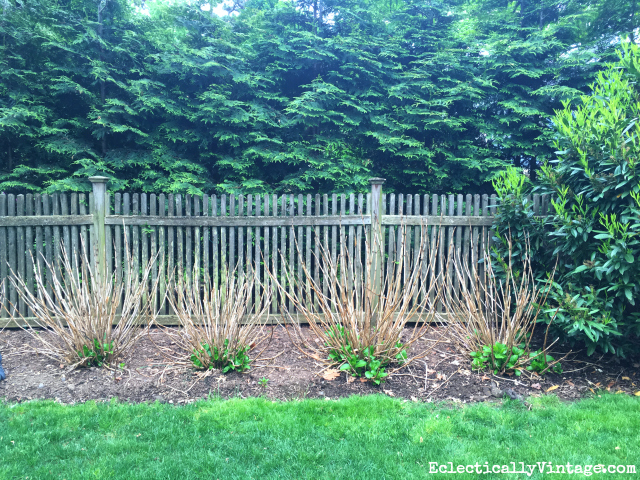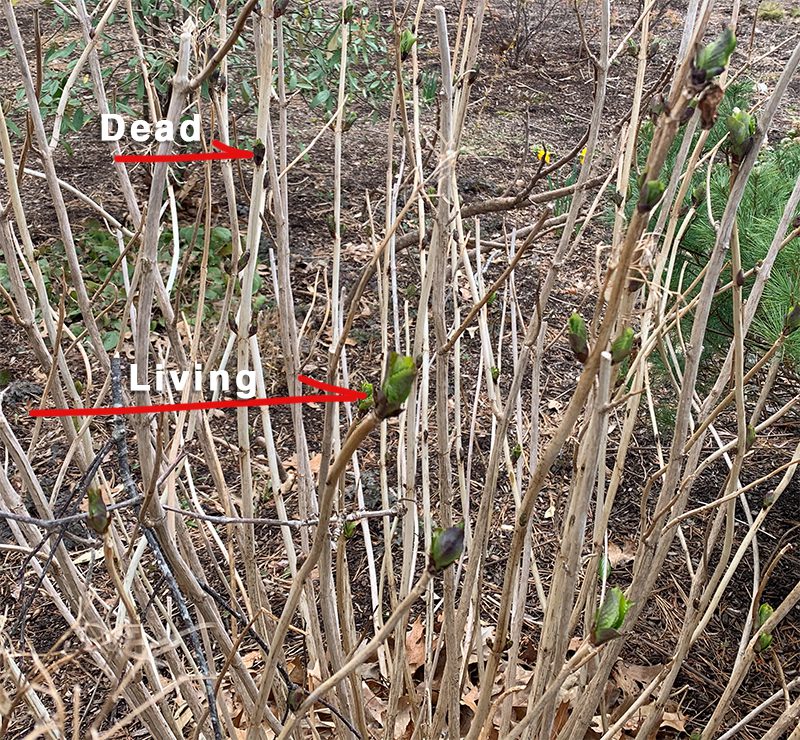Hydrangeas In Winter: How To Care For Your Plants During The Cold Months
Hydrangeas in Winter: How to Care for Your Plants During the Cold Months
Hydrangeas are beautiful flowering shrubs that can add a touch of elegance to any garden. However, when winter comes, it's important to take proper care of your hydrangeas to ensure that they survive the cold months.
In this blog post, we will discuss some tips on how to care for hydrangeas in winter. We will cover topics such as watering, pruning, and protecting your hydrangeas from the cold.
Watering
Hydrangeas need about an inch of water per week during the winter months. However, it's important to water your hydrangeas deeply, rather than frequently. This will help to prevent the roots from freezing.
If you live in an area with heavy snowfall, you may need to water your hydrangeas more often. This is because the snow can insulate the roots and prevent them from getting the water they need.
Pruning
Most hydrangeas do not need to be pruned in the winter. However, if you live in an area with cold winters, you may want to prune your hydrangeas in late fall. This will help to protect the buds from the cold.
When pruning hydrangeas in winter, it's important to only remove dead or diseased branches. You should also avoid cutting back any branches that are still green.
Protecting from the cold
There are a few things you can do to protect your hydrangeas from the cold. One option is to mound up mulch around the base of the plant. This will help to insulate the roots and prevent them from freezing.
Another option is to build a protective structure around your hydrangea. This could be a simple frame covered with burlap or plastic.
If you live in an area with very cold winters, you may want to consider bringing your hydrangeas indoors. This is especially important for hydrangeas that are in containers.
Conclusion
By following these tips, you can help to ensure that your hydrangeas survive the winter months and thrive in the spring.
Hydrangeas are beautiful flowers that can add a touch of elegance to any garden. However, they can be susceptible to winter damage in colder climates. If you live in an area with cold winters, it's important to take steps to protect your hydrangeas from the elements.
One way to protect your hydrangeas in winter is to mulch around the base of the plant. Mulch will help to insulate the roots and prevent them from freezing. You can also use a winter protection blanket to help keep the plant warm.
If you live in an area with very cold winters, you may need to take more drastic measures to protect your hydrangeas. You may need to dig up the plant and store it in a garage or basement over the winter.
For more information about how to protect your hydrangeas in winter, I recommend visiting . This website has a wealth of information on hydrangea care, including specific tips for winter protection.
FAQ of hydrangea in winter
Q1. Do I need to do anything special to care for my hydrangeas in winter?
A. Yes, there are a few things you can do to help your hydrangeas survive the winter. First, you should prune them back in the fall. This will help to protect the plant from the cold and encourage new growth in the spring. You should also mulch around the plant to help insulate the roots. If you live in an area with cold winters, you may also want to consider covering your hydrangeas with a burlap sack or other protective material.
Q2. What temperature can hydrangeas withstand in winter?
A. Hydrangeas can withstand temperatures down to about 20 degrees Fahrenheit. However, if the temperature drops below that, the plant may suffer some damage. If you live in an area with cold winters, it is important to take steps to protect your hydrangeas.
Q3. How do I know if my hydrangeas are getting enough water in winter?
A. The soil around your hydrangeas should be moist but not soggy. If the soil is dry, the plant may not be getting enough water. However, if the soil is soggy, the roots may rot. It is important to water your hydrangeas regularly, but not too much.
Q4. What should I do if my hydrangeas get frosted?
A. If your hydrangeas get frosted, the leaves may turn brown or black. However, the plant may still survive. If the frost is not too severe, the leaves will eventually fall off and new growth will emerge in the spring. If the frost is severe, the plant may die back to the ground. However, it will usually resprout in the spring.
Q5. How do I protect my hydrangeas from deer?
A. Deer love to eat hydrangeas. If you live in an area with deer, you may need to take steps to protect your plants. One way to do this is to put up a fence around your hydrangeas. You can also try using deer repellent.
Image of hydrangea in winter
5 different images of "hydrangea in winter" from Pinterest:
Dry hydrangea flowers in a vase. This image shows a vase of dried hydrangea flowers in shades of pink, blue, and green. The flowers are arranged in a simple, elegant way, and they make a beautiful winter centerpiece.

Hydrangea covered in snow. This image shows a hydrangea bush that is completely covered in snow. The snow has settled on the leaves and flowers, creating a beautiful winter scene.

Hydrangea branches with frost. This image shows hydrangea branches that are covered in frost. The frost has created a delicate, lacy pattern on the branches, and it makes the hydrangeas look even more beautiful.

Hydrangea leaves in winter. This image shows hydrangea leaves that have turned a beautiful shade of red in winter. The leaves are still on the branches, and they add a touch of color to the winter landscape.

Hydrangea buds in winter. This image shows hydrangea buds that are just starting to open in winter. The buds are a delicate shade of pink, and they are a sign of hope for spring.

Post a Comment for "Hydrangeas In Winter: How To Care For Your Plants During The Cold Months"